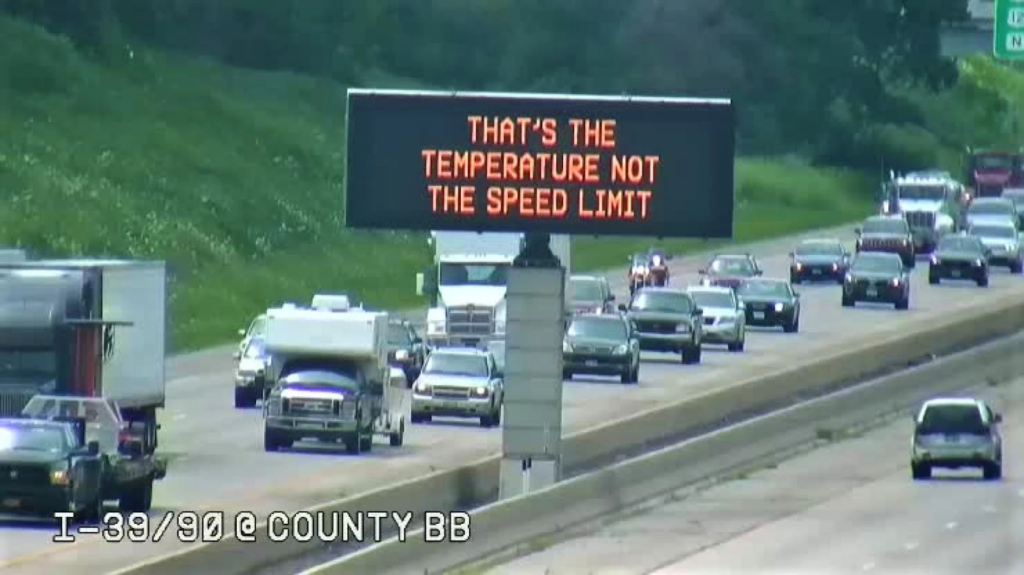
Empowering cities to shape their urban mobility future, a Q&A with T4America’s James Corless and Russell Brooks

In an era of constantly emerging technology and mobility solutions, cities face a critical choice—they can either play a role in shaping the technology to accomplish their goals, or passively be transformed by it. Our new partnership with Sidewalk Labs will work with dozens of U.S. cities to thoughtfully and intentionally use emerging technologies to meet their most pressing transportation challenges. By harnessing powerful data and new digital tools, cities have the potential to develop efficient and affordable transportation options for all.
In addition to yesterday’s big announcement, we sat down with Eric Jaffe of Sidewalk Labs for a Q&A about the role cities can play in building connected streets, and T4America’s plan to make it happen. Read an excerpt below featuring James Corless, Director of Transportation for America, and Russell Brooks, Director of T4A’s Smart Cities initiative. The full Q&A is available on Sidewalk Talk.
Let’s start with the basics. What do you mean by “connected streets”?
CORLESS: Connected streets is similar to complete streets in as much as it’s not a checklist. It’s an approach. In complete streets, it’s an approach to actually designing a street and a network of streets that works for everyone. If this is the next generation, in connected streets, it’s really about using data and technology to make sure that transportation systems work for everybody and works for cities — to move people regardless of the mode of transportation seamlessly, quickly, efficiently, and affordably.
What are the benefits of connected streets for city residents and communities?
CORLESS: If cities aren’t shaping and driving this conversation, we could make problems worse. But if we do drive the conversation, and cities actually shape this proliferation of technology and services, then I do think we’ll going to be able to reduce the divide between what I’d call the transportation haves and have-nots. If you’re on a fixed income or work a late shift, you’re going to be able to actually get home faster, more affordably. You’re going to be able to connect to more opportunity, be able to get your kids to child care much more easily than you could before. I do think we need to remember from a consumer perspective that if we can get this right and we can empower cities with the tools, the authority, and the funding, we’re going to make transportation networks work for everybody, regardless of income, age, and ability. That’s a promise of connected streets.
T4A spends a lot of time on the ground with local governments. How do you counsel them in terms of getting ready to partner with the private sector in ways that might be unfamiliar to them, but that need to be productive for everyone to gain the advantages of these technologies?
BROOKS: I think part of it is educating the cities around the possibilities. As I’ve been talking with cities around the Smart City Challenge, I think some of them don’t understand that they have that lever of power, or the extent of what’s possible. I think that’s a really big part of it. I think it’s helping them generate the partnerships from the local community to actually drive that change. Which is something we’ve been doing for a long time. When it comes to the work we’re doing building consensus and coalition in local communities. And helping them identify those outcomes and needs, so they understand that technology isn’t the goal but it is the tool.



